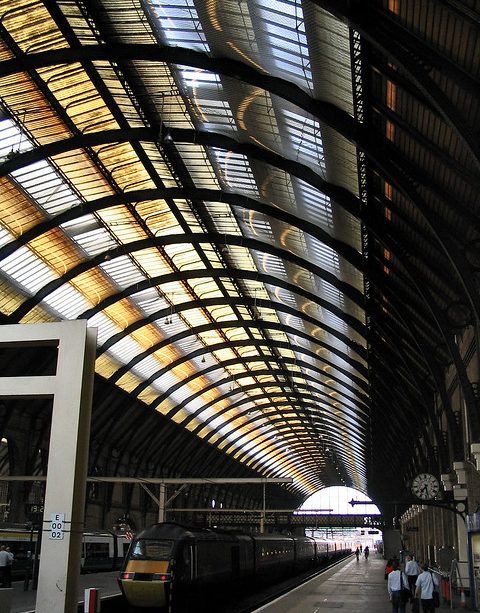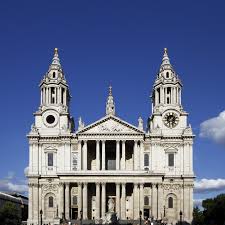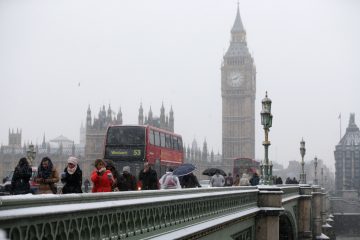The Revitalisation of Kings Cross: London’s Cultural Hub

Introduction
Kings Cross, once known primarily for its transport connections, is now a thriving cultural and commercial hub in London. The area has transformed significantly over the last decade, with new developments, public spaces, and cultural institutions making it one of the most dynamic districts in the city. This revitalisation reflects broader trends in urban regeneration and the importance of preserving historical identity while embracing modernity.
Historical Background
Historically, Kings Cross was bustling with activity, serving as a pivotal railway junction since the early 19th century. However, by the late 20th century, the area had faced decline and was associated with urban decay. The turn of the millennium sparked ambitious redevelopment projects aimed at reimagining the space and attracting new businesses, residents, and visitors.
Recent Developments
The most prominent change has been the development of the King’s Cross Central project, a 67-acre regeneration initiative that has introduced thousands of new homes and several commercial art spaces, shops, and eateries. The new public squares and parks, such as Granary Square and Lewis Cubitt Park, provide residents and visitors with vibrant green spaces to enjoy. Additionally, the relocation of renowned institutions like Central Saint Martins has further bolstered its artistic reputation.
Cultural Significance
Kings Cross is now home to a rich array of cultural activities and events. Venues such as the British Library, which houses the largest collection of books and manuscripts in the world, attract scholars and tourists alike. The area’s strong sense of community is reflected in events like the annual Kings Cross Festival, which celebrates local culture through performances, exhibitions, and food stalls. Furthermore, the mix of old and new architecture showcases the area’s history while catering to contemporary needs.
Conclusion
The transformation of Kings Cross is a success story of urban renewal, demonstrating how a once-neglected area can be repositioned as a cornerstone of cultural and social activity in London. As the district continues to evolve, its importance in the cityscape will certainly grow. For readers and potential visitors, Kings Cross promises not only a rich historical narrative but also a glimpse into the vibrant future of urban living in London. With continuous investment and community engagement, Kings Cross is set to become a leading example of successful urban revitalisation.








